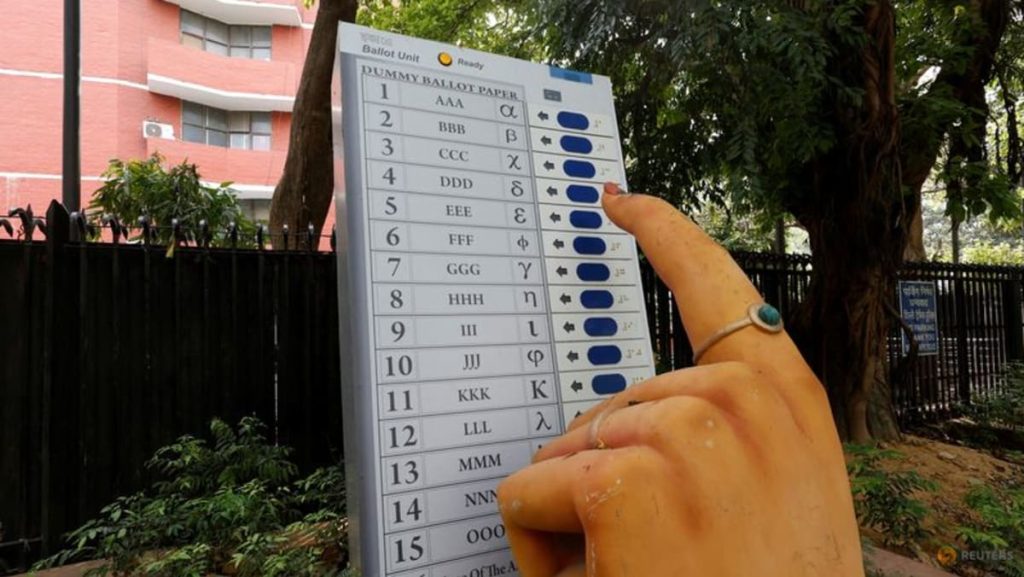Voting in India’s massive six-week election begins on Friday, with 968 million eligible voters making it the world’s largest democratic vote. All Indian citizens above the age of 18 can participate in the elections, and the country uses electronic voting machines for faster counting of ballots. Election officials travel by various means to set up polling stations in remote locations, sometimes accompanied by security forces due to insurgent violence in certain areas.
The vast number of voters in India results in a lengthy election process, with around 15 million people involved in working the polls. Electoral laws require that each voter is within 2km of a polling booth, leading to challenges in setting up polling stations in remote or difficult-to-reach locations. Voting is staggered over six weeks to ease the logistical burden and take into account local weather, religious festivals, farm harvests, and school terms to ensure convenience for voters across the country.
India’s election and campaign spending have grown alongside its booming economy, now the fifth-largest in the world. An estimated US$8.7 billion was spent on the 2019 elections by organisers, political parties, and candidates, with a quarter of that amount being cash payments made directly to voters to influence their decision. The Centre for Media Studies predicts that spending for this year’s elections could exceed US$14.2 billion, almost matching political spending in the United States for the 2020 congressional and presidential elections.
The election commission assures that the electronic voting machines used in India are secure, with no way to access or tamper with the results remotely. Polling officials ensure that the voting process is conducted fairly and smoothly, using various modes of transportation to reach all areas of the country. Security forces are sometimes present in areas with a history of insurgent violence to maintain peace during the voting process.
Despite the challenges posed by the massive scale of India’s elections, organisers and officials work diligently to ensure a transparent and efficient voting process. The staggering of polling dates, as well as considerations for local factors like weather and festivals, help to make voting accessible and convenient for all eligible citizens. The significant growth in election spending in India reflects the country’s increasing economic power and the competitive nature of its democratic processes compared to other countries like the United States.
Overall, the Indian general elections are a testament to the country’s commitment to democracy and the active participation of its citizens in shaping the future through the electoral process. The sheer size and complexity of the elections showcase the logistical challenges involved in conducting such a massive democratic exercise, but the dedication of election officials and organisers ensures that the process is carried out smoothly and efficiently to uphold the democratic values of the nation.


